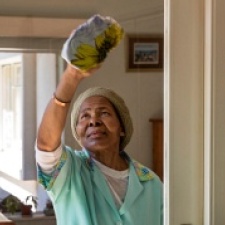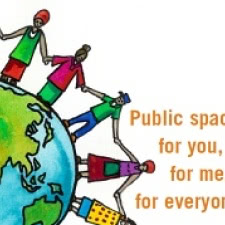Advanced Search
Search Results
333 results found
Statistics on the size, composition, contribution, and other dimensions of the informal economy are needed to inform economic and social policies. The first-ever global estimates on the size of informal employment, published by the ILO in 2018 , show 61% of all workers are informally employed. That...
The Statistics Programme collaborates with official statistical agencies, statisticians and organizations of informal workers to develop official national statistics that make visible the size and significance of the informal economy and the situation of those working in it. Goals and Activities...
WIEGO has had and continues to play an important role in the development of statistics on all aspects of the informal economy. Workshops Convened Regional training courses on Statistics on Informality: Informal Economy, Work and Employment were held in July 2015, October 2017 and November 2023 at...
Videos / Slideshows / Audio
Millions of women work long hours, in dangerous conditions, for little pay. They are fighting for change, with the help of ILO Convention 189 on Decent Work for Domestic Workers. Watch this video to learn how.
Workers Education/Organizing Materials
This manual helps street vendors learn more about the regulations that govern public space and how to defend the right to work in public space. It describes successful actions taken by street vendor organizations. And it offers information to help you organize and negotiate with local government.
WIEGO Working Papers
Mike Rogan reviews how informal workers are taxed, why there is growing interest in taxing them, and whether they should be included in the tax net.



